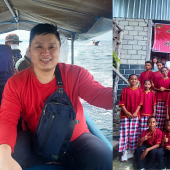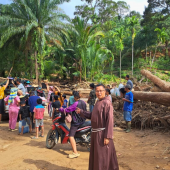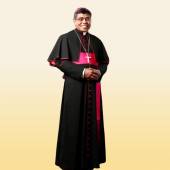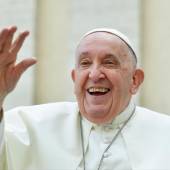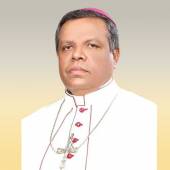Indian Jesuit builds Marian Shrine in Sumatra to spread the Gospel and devotion to Mary
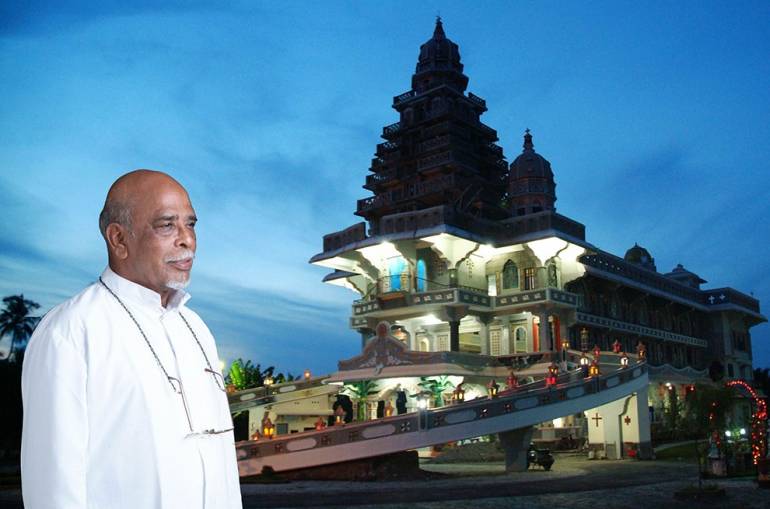
Father James Bharataputra, an Indian Jesuit priest, just completed 50 years of missionary work in the Indonesian Island of Sumatra.
In the Indonesian Church, the 84-year-old Father James is known as the founder, initiator, and still rector of the Marian Shrine “Graha Maria Annai Velangkanni” in Medan, the capital of the province of North Sumatra.
Born in 1938 near Madurai in the South Indian state of India, James entered the Jesuit order in 1957. Since he desired to become a missionary abroad, in 1966, he was sent to Yogyakarta, Indonesia, to complete his theological studies.
After his ordination in 1970, the then Capuchin Archbishop Van den Hurk of Medan asked him to provide pastoral care to a small local Tamil-speaking Catholic community. From 1972 until today, he has served in in different communities in Medan. He was accepted as an Indonesian in 1989.
During the past five decades in Sumatra, he had to face the hostility of the predominantly indigenous Muslim local community. He struggled to promote self-sufficiency of development and subsistence for the Tamil community.
“My actual vocation and my life as a missionary were threatened. But the Lord saved me,” he says.
While doing pilgrimage in Europe with a group in the year 2000, one of the group members were found missing in France. Fr James sought the intercession of Mother Mary of Velangkanni and the person returned safe. That moment he decided to extend the devotion of Mary to Sumatra
The Shrine project was started in 2000 and completed in 2005 and ever since, he is serving as the Rector Graha Maria Annai Velangkanni Medan.
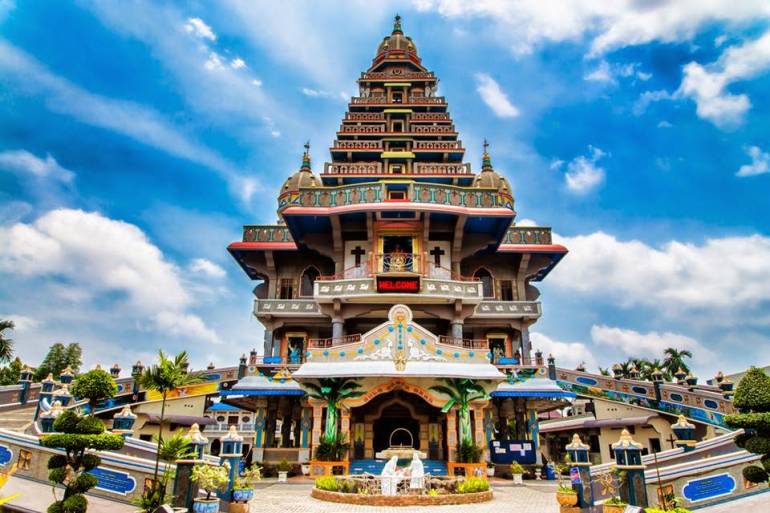
The real reason for construction of this shrine, says Fr James, was that “I wanted Mary to perform miracles here in Medan as she has been performing at Vailankanni in India for more than three centuries drawing people from all walks of life and make them know her son Jesus clearly, to love Him dearly and follow Him nearly.”
With this idea, Father James initiated the Marian shrine project with the support of the Archdiocese and generous donors. It cost around four billion rupees (US$500,000) to construct from 2000 to 2005.
The extraordinary Graha Maria Annai Velangkanni is dedicated to Our Lady known in India as Annai Velangkanni Arokia Matha, Our Lady of Good Health (Mother of Healers). Graha means house or holy place or temple in Sanskrit. Built in 2005, located on the outskirts of Medan, North Sumatra, Indonesia.
Father James dreamed of Graha Maria (Marian Shrine) to become a “unique” Church, where Catholics can strengthen their faith and non-Catholics can experience and learn about other Faiths in an environment where their faith is also represented in this building feature.
The Indo-Mughal design makes the building look like a Church, Temple and Mosque all at once. Graha Maria seeks to teach people stories about the history of human salvation, based on the Bible and the teachings of the Church through its formats, symbols, ornaments, sculptures and paintings.
The former Archbishop Alfredo Gonti Pius Batubara of Medan confirmed, “Father James brought his life and spiritual energy and work to our archdiocese. And we thank him for the erection of the Marian Shrine Graha Maria Annai Velangkanni in Medan.”
In the words of writer and confrere Father Ignatius Jesudasan, "The Marian Shrine is the culmination of Father James' missionary work in Indonesia.”
“The architectural design reflects the contemplation of Saint Ignatius in his Spiritual Exercises on the Mystery of the Incarnation. … The shrine combines pastoral use as a community hall, on the basement floor; worship and adoration on the middle floor; and artistic contemplation of historical-religious mysteries on the top floor,” Father Jesudasan added.
And the Indonesian Jesuit Fr. Sindhunata writes: "The shrine is a place where heaven and earth meet, where the divine and the human embrace, where God meets His people, regardless of ethnicity, creed or language".
“I thought a shrine would draw travelers from all backgrounds and help them find God. Shrines remind pilgrims that they are all children of God. It teaches kids to appreciate and love one other as brothers and sisters since they are all children of Heavenly Father,” Father James recalled.
He has a vision to make Graha Maria a place where all people of all races and religions, rich or poor can call it "home" to seek peace, solace, healing, and God. - With inputs from Fides
Radio Veritas Asia (RVA), a media platform of the Catholic Church, aims to share Christ. RVA started in 1969 as a continental Catholic radio station to serve Asian countries in their respective local language, thus earning the tag “the Voice of Asian Christianity.” Responding to the emerging context, RVA embraced media platforms to connect with the global Asian audience via its 21 language websites and various social media platforms.









